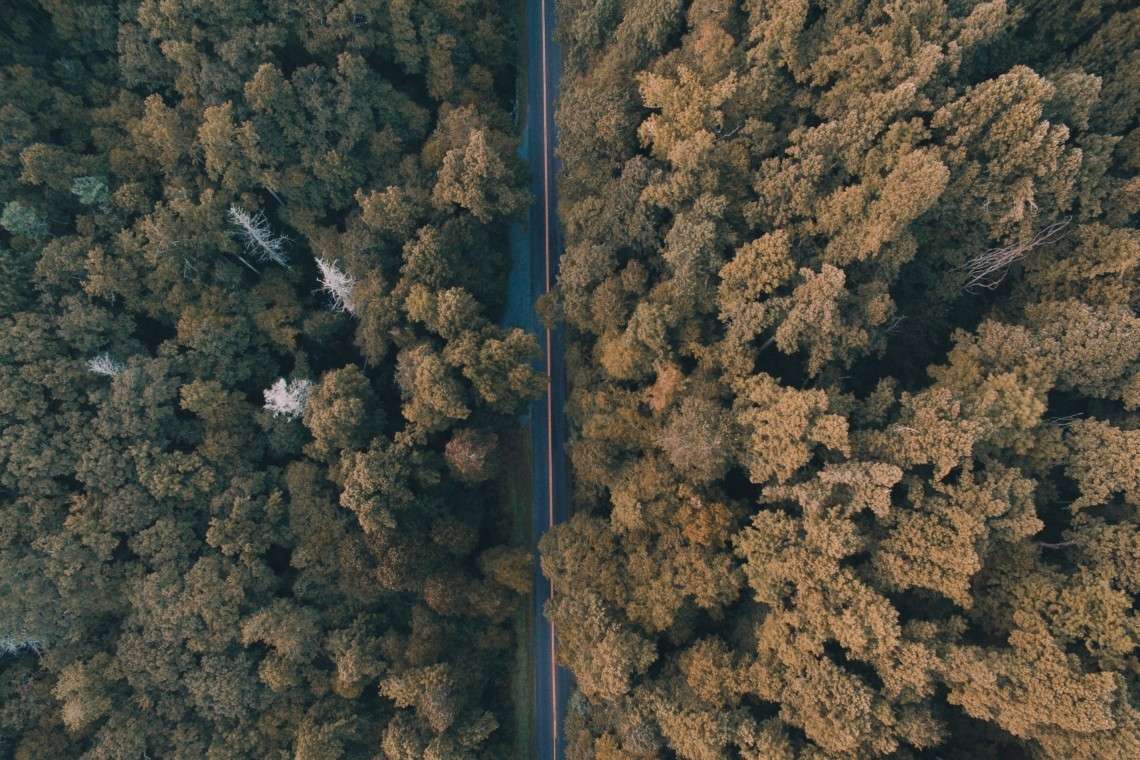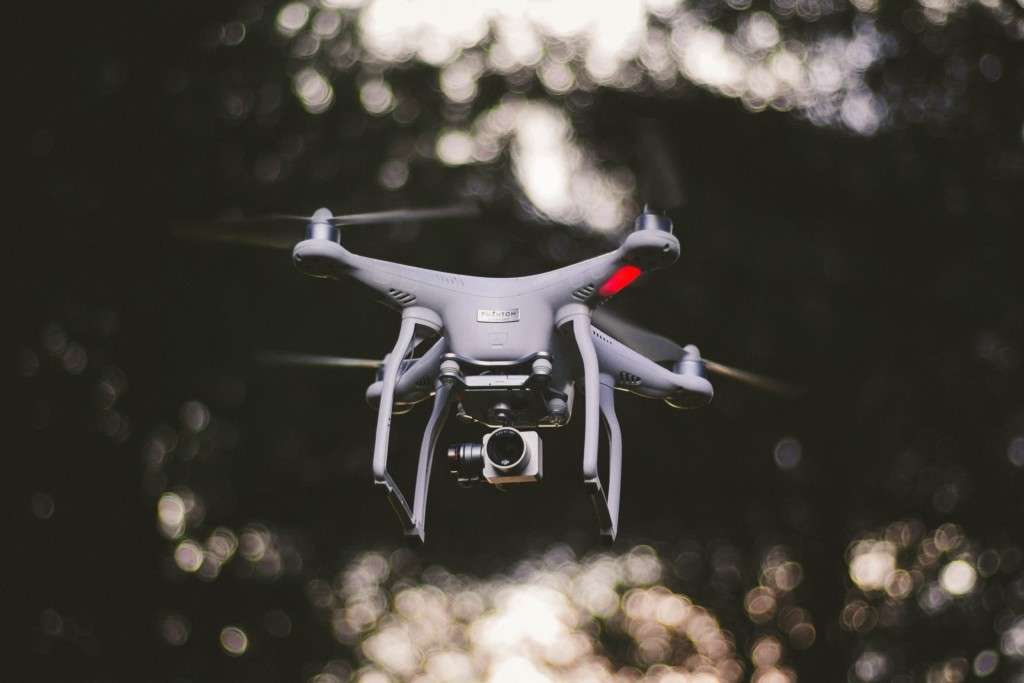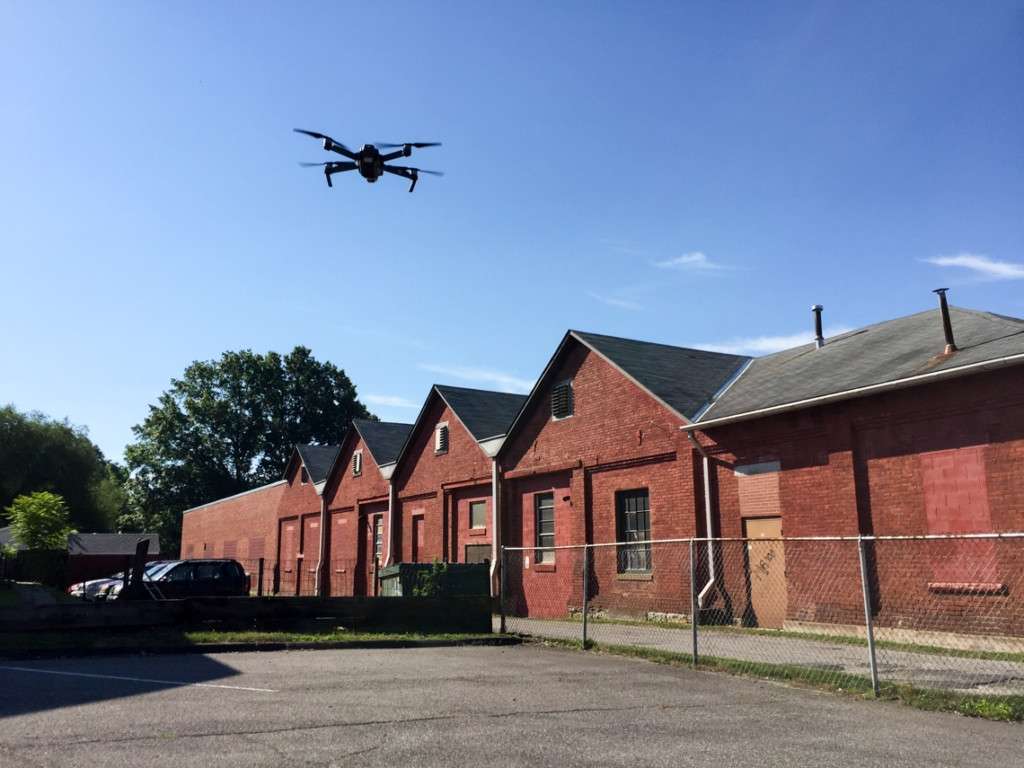In today’s society, the term ‘drone’ is heard in common, everyday language. Some individuals view these devices as a nuisance, while others see their true benefit to civilization. As everyone knows, the “Drone Boom” is upon us. In a February 7, 2012 article published by The Washington Times, early projections were that 30,000 drones would be in the skies by 2020. Fast forward to 2016, and to the latest projections by the Federal Aviation Administration (FAA) as reported by multiple news outlets, it is estimated that drone sales could actually reach 7 million drones by 2020 (4.3 million as related to hobbyist, with 2.7 million related to commercial use).
The majority of this ‘Drone Boom’ can be attributed to the FAA Modernization and Reform Act of 2012, in which Congress was given the task of determining a safe and effective way to incorporate these systems into current airspace. In 2016, the FAA released the Part 107 Regulations to begin this safer incorporation. With Part 107 Regulations, proper licensing requirements are set forth for individuals wishing to use drones for compensation or hire. These regulations, for the benefit of society, ensures airspace and public safety is a priority at all times.
We, at Pickering Associates, operate under the Part 107 regulations and utilize the services of a DJI Mavic Pro and Yuneec Typhoon 4K for 3D modeling and imagery purposes. Within engineering and design, the applications of these systems are endless. In structural engineering, these devices can be utilized to perform routine inspections on hard-to-reach areas or burdensome structures. In the design aspect, flights over parcels tagged for future development can be turned into 3D Models and incorporated into our overall BIM (Building Information Modeling) Infrastructure to assist with master planning. This task aims to give clients a real-world rendering of the proposed development, including nearby landscape. On the construction side, these systems can be used to monitor stockpile volumes, generate topographical maps or, more generally, track construction progress on a regular basis.
Outside of engineering and design, drones have been utilized within agriculture and first response. In the agricultural realm, drones can be utilized to track crop yields, identify poor soil conditions, and even count crops as they are emerging. For first response, in wake of the recent hurricanes, additional waivers have been granted to individuals to assist with search and rescue and performing necessary inspections on critical stressed infrastructure, such as dams. These drone systems, being deployable in minutes, make them a time savings. This time savings alone, in first response, can be the difference between life and death. Additionally, they indicate a huge cost savings as compared to the use of a traditional helicopter. In a Good Morning America segment, which recently aired on September 4th and after Hurricane Harvey, it was demonstrated first-hand how this technology is helping to save lives.
Overall, drones have the ability to change society. If these systems are implemented with courtesy/respect and within a responsible manner, the possibilities of this technology are endless. The future is here. We, at Pickering Associates, look forward to offering these services. We do ask to keep in mind that depending on location (proximity to controlled airspace), lead times may be required for the proper submission to and authorization from FAA to perform flights in these areas safely.



